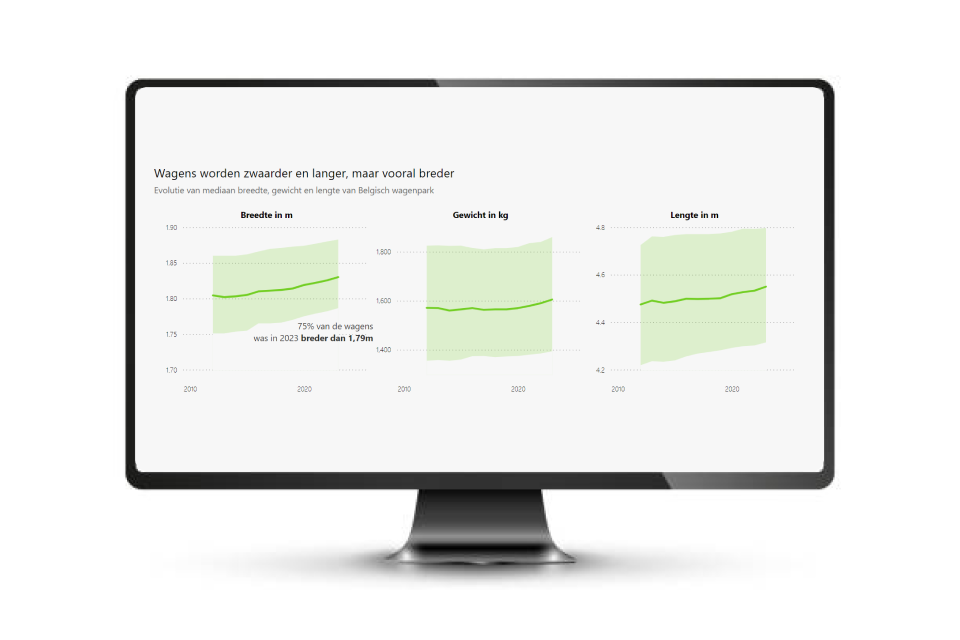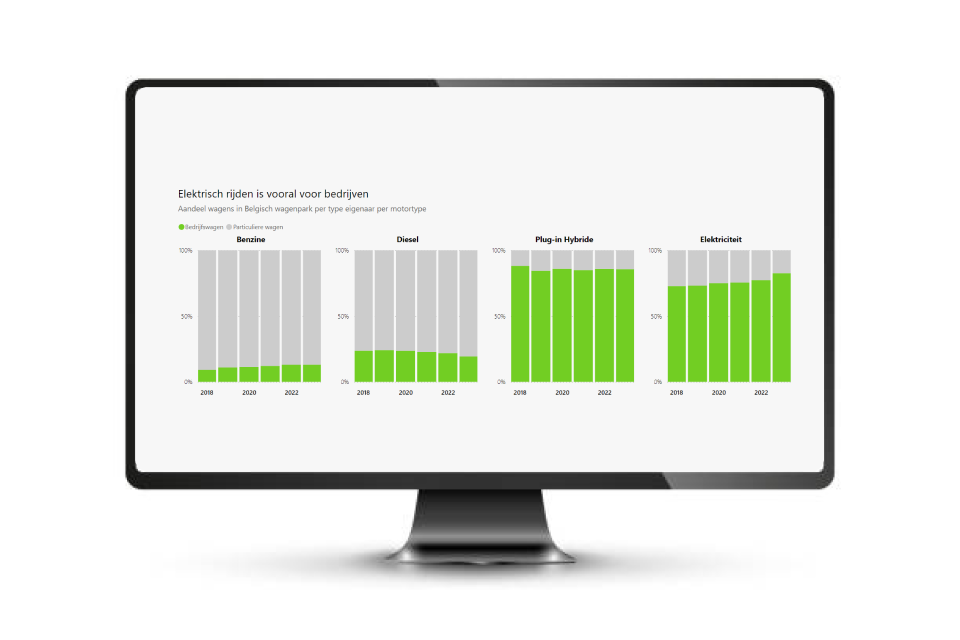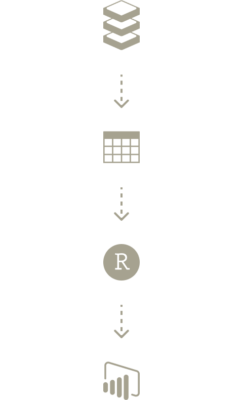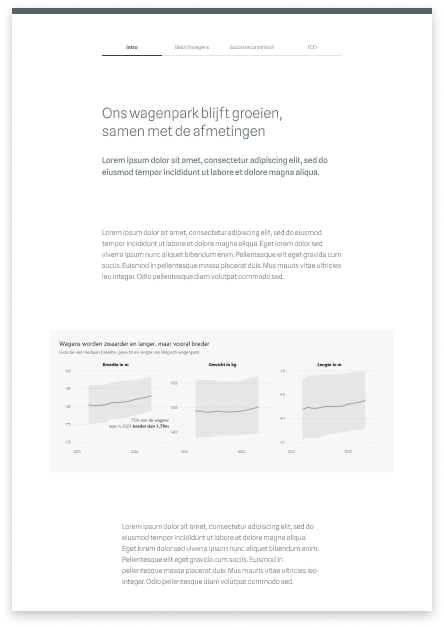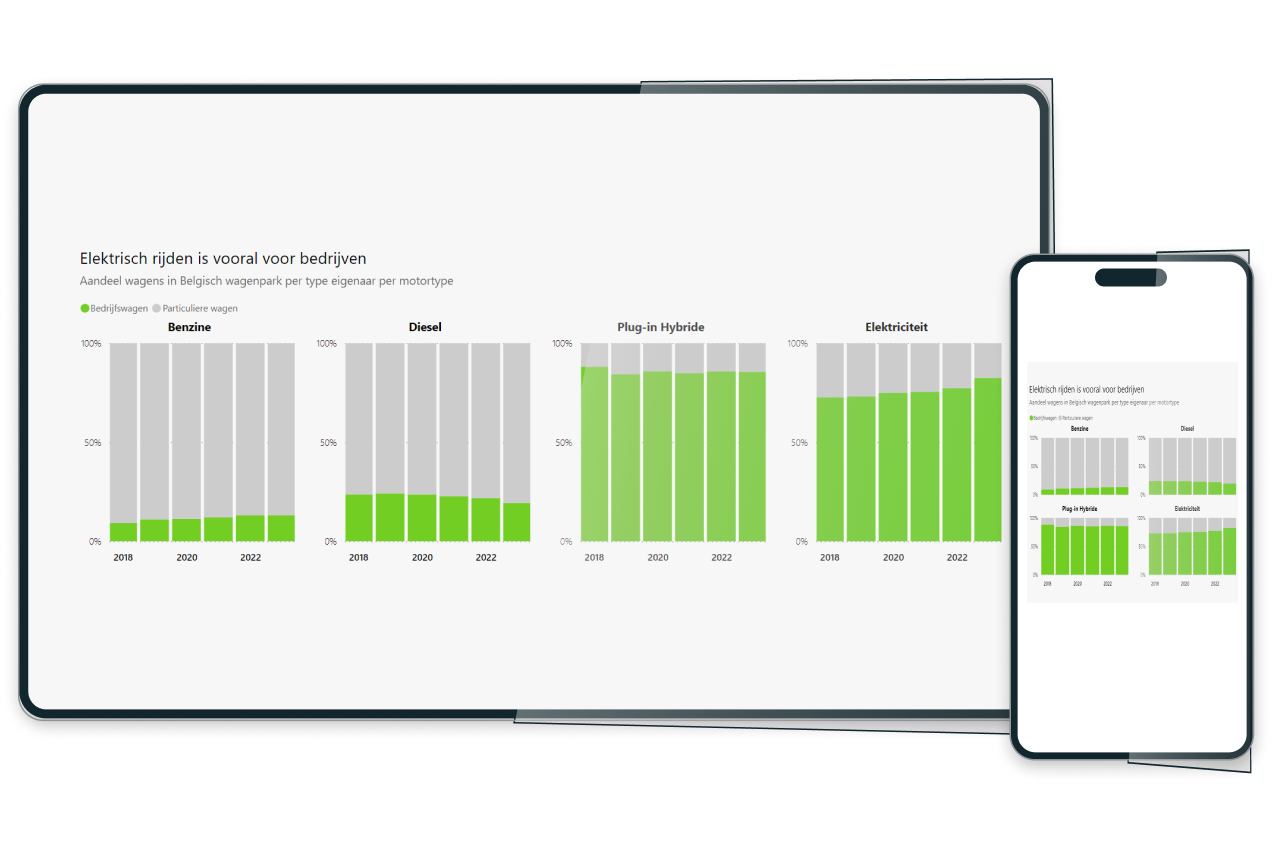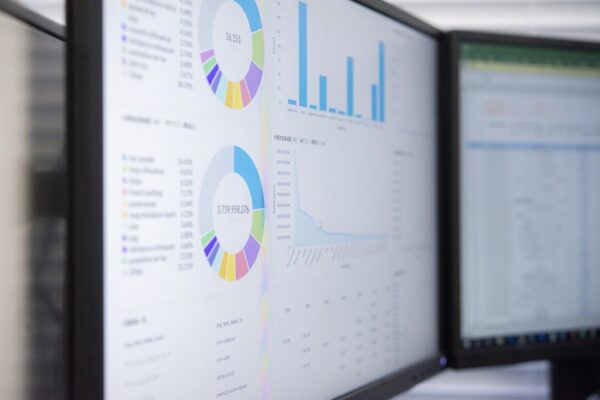Challenge
The Federal Public Service for Mobility and Transport is responsible for preparing, implementing, and supporting mobility and transport policy.
Electric vehicles, rising prices of ownership, and an increasing number of cars are reshaping the Belgian mobility landscape. This landscape is evolving constantly and is the result of a complex interplay of different trends and evolutions. The FPS Mobility and Transport aims to inform the general public about the key trends and development in the most clear and compelling way.
FPS Mobility and Transport approached Movias and Algorhythm to present this complex story in the most distinctive, compelling and enticing manner possible to the Belgian public.
Solution
We use storytelling to decompose this complex topic into bitesize pieces. Guiding the public through this story makes it understandable for the broad public – from those learning about the topic to those managing the future of mobility. By doing this, we combine storytelling and data visualization best practices to inform and shape the public debate.
Power BI was used to bring this story towards the public, embedded in a web interface. By doing this we were able to make clear and attractive visualizations which are interactive. This way, the reader can take control of the story to guide him/her towards the most interesting insights.
Themes
The website focuses on the key changes in mobility, divided into four themes:


